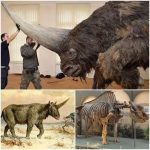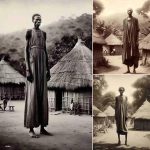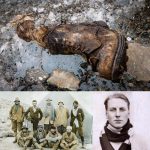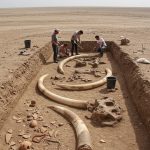Historic Find: The “Longest Neck Family” Unearthed from 1860 Archives
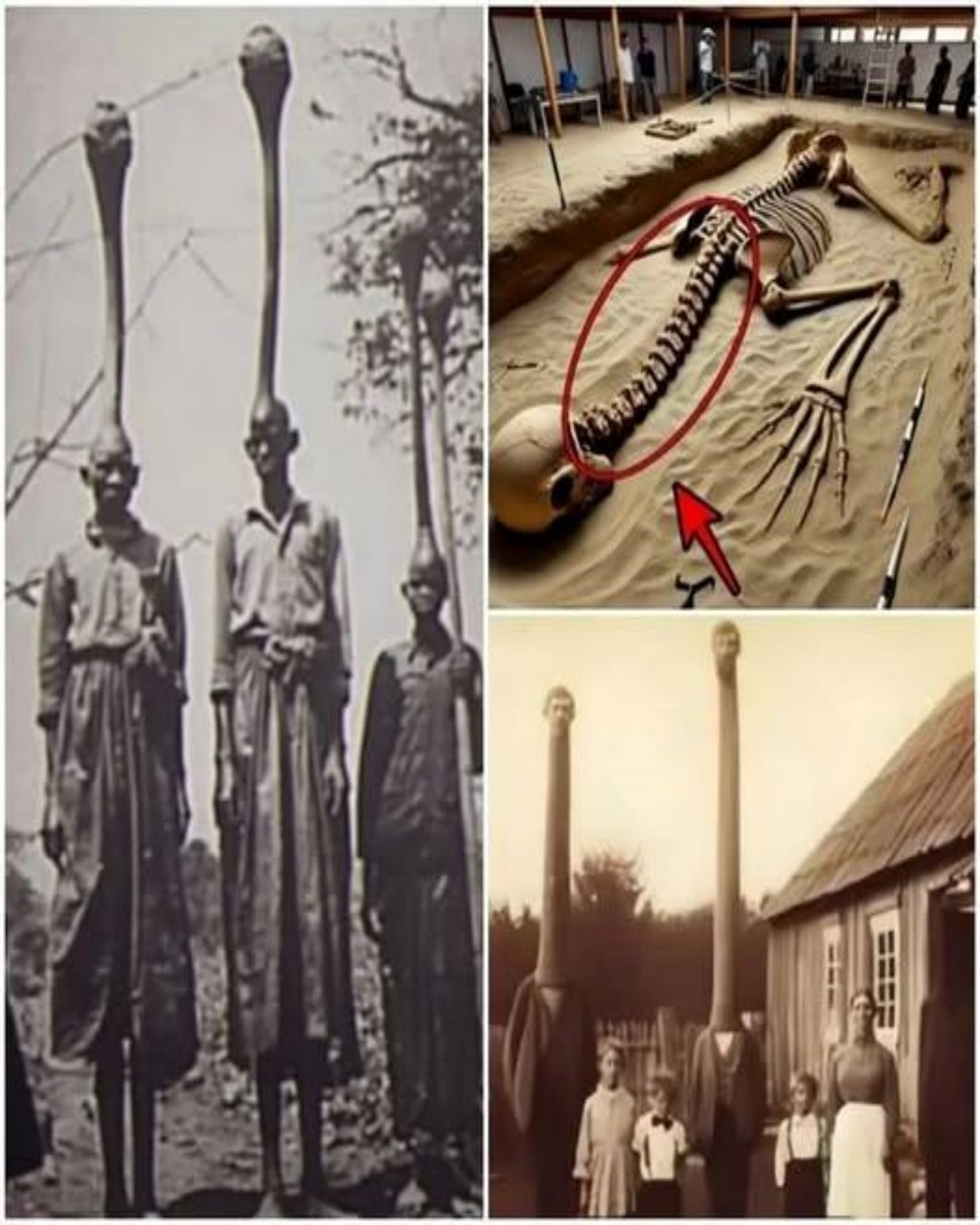
A stunning rediscovery has captured the attention of historians, anthropologists, and enthusiasts worldwide. Newly uncovered archival footage from 1860 has revealed the legendary “Longest Neck Family” in unprecedented detail, blurring the lines between myth, anthropology, and documented history. These grainy yet captivating images showcase individuals with remarkably elongated necks, adorned with intricate metal coils, offering a haunting glimpse into practices and traditions that had largely faded from collective memory.
A Glimpse Into an Extraordinary Tradition

The footage provides rare insight into the lives of a family or community who practiced neck elongation, a cultural tradition observed in various societies across history. The metal coils, carefully wrapped around the necks of family members, appear both ceremonial and functional, suggesting a blend of aesthetic preference, cultural identity, and social status. While neck elongation has been documented in certain Southeast Asian and African communities, this archival footage from 1860 offers one of the earliest visual records of such practices, raising new questions about the geographical and temporal spread of the tradition.
Scholars are debating whether these elongated necks represent an inherited genetic trait, deliberate cultural modification, or a combination of both. Historical context indicates that body modification often carried symbolic significance, ranging from rites of passage to markers of social hierarchy or spiritual devotion. This footage, preserved for over 160 years, allows modern researchers to study the nuanced interplay between tradition, genetics, and identity in a historical population.
Anthropological and Cultural Significance
The rediscovery of the “Longest Neck Family” is more than an anthropological curiosity—it revives long-lost debates about human body modification, cultural aesthetics, and identity. Anthropologists are examining the footage frame by frame, noting details of posture, coil design, and interpersonal interaction that may reveal insights into the daily lives, rituals, and social roles of these individuals.

The footage also underscores humanity’s fascination with transformation and endurance. Neck elongation, often achieved over years of careful practice, exemplifies both physical resilience and cultural devotion. By documenting these practices, the archival footage preserves a remarkable chapter of human adaptation and artistic expression that has largely disappeared in modern times.
Bridging Myth and History
Prior to this discovery, references to the “Longest Neck Family” were largely anecdotal or mythologized. The newly recovered footage transforms these stories from hearsay into documented evidence, giving life to historical accounts and allowing scholars to study them with scientific rigor. It challenges perceptions of the human body, highlighting the lengths to which individuals and societies have gone to achieve beauty, status, or spiritual significance.
Conclusion
The 1860 archival footage of the “Longest Neck Family” is a landmark find in both anthropology and history. It provides a rare visual record of an extraordinary cultural practice, raising profound questions about identity, endurance, and the intersection of biology and tradition. Whether viewed as a genetic anomaly, a cultural ritual, or a historical aesthetic ideal, the footage offers a haunting and mesmerizing window into humanity’s fascination with transformation. As researchers continue to analyze this remarkable discovery, it promises to deepen our understanding of human adaptation, cultural expression, and the enduring allure of the extraordinary.

